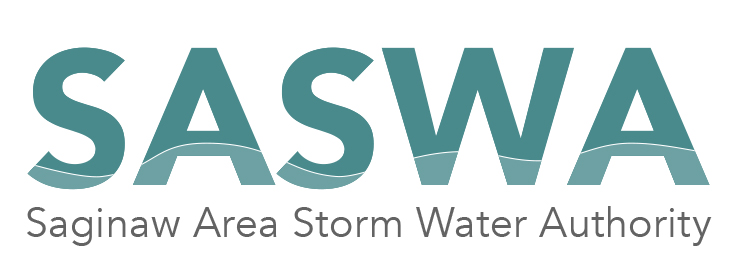Low Impact Design to Protect the Great Lakes
In a survey distributed on the Saginaw Area Storm Water Authority’s (SASWA) website, 92.3% of participants agreed that the quality of local streams and rivers where they live affects the Great Lakes. However, only one out of every five respondents from last year believed that stormwater runoff contributed the most pollution in the streams, rivers, and lakes near them. The remaining majority believed that factories/industrial discharge, agricultural operations, sewage overflow, or other not mentioned sources were the leading causes of pollution. Even though these can all be polluters in the Great Lakes and neighboring rivers and streams, stormwater runoff into storm drains and roadside ditches is one of the largest contributors to pollution in Michigan watercourses.
When it rains, the water needs to go somewhere. The rainwater drains into the stormwater system where it directly outlets to lakes, rivers, or streams without any prior treatment. While the water travels to the drain, it can pick up any unwanted contaminants that are on its path, such as lawn clippings, pet waste, oil, grease, and litter. Besides properly cleaning up, storing, and disposing of these contaminants, there are other ways to decrease these illicit discharges into natural waterways.
Low Impact Design is a term used to describe a sustainable land planning and an engineering design approach to manage stormwater runoff using natural features to protect water quality. Rain gardens, rain barrels, green roofs, permeable pavement, and bio-swales are all examples of low impact design. These simple designs reduce stormwater runoff volumes and rates to help control flooding. They improve rainwater filtration, reducing the chances of unwanted discharges entering the stormwater system and promoting ground water replenishment. Not only do these designs provide ideal stormwater management, but they also increase community aesthetics with native plants and are cost efficient. By simply implementing low impact design into our homes and community, the large percentage of stormwater runoff pollution that enters waterways like the Great Lakes could be significantly decreased. This summer, to protect the beautiful Great Lakes beaches and natural waters that are enjoyed, implement low impact design to reduce discharges into the stormwater systems.


